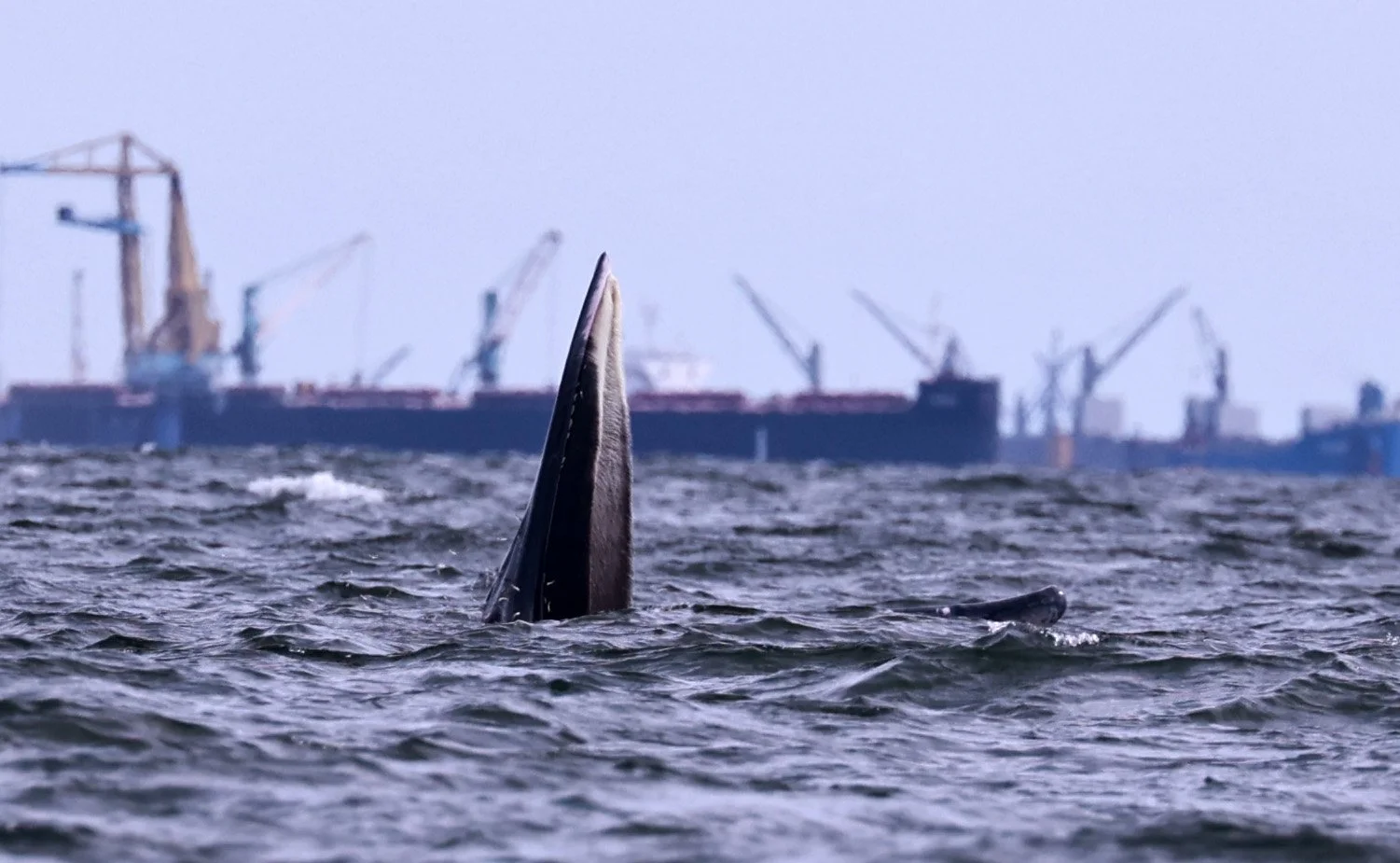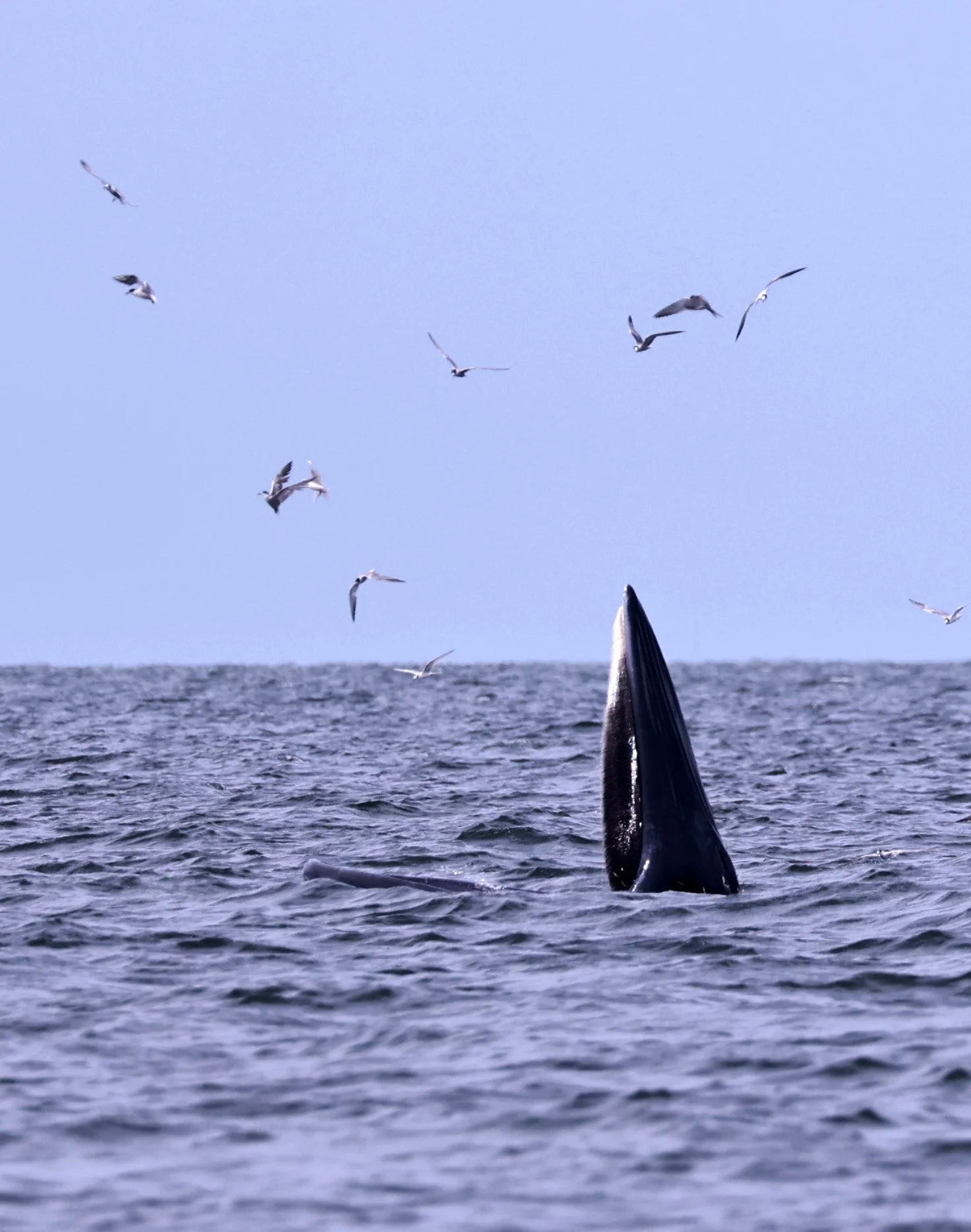
Balaenoptera edeni, Eden’s Whales
Eden’s is still a new species in the literature. The Gulf of Siam is the place where they are distributed mainly. This map shows the distribution of Bryde’s whales in general, which have been split to three species currently.
Bryde's whale (/ˈbrʊdəz/ BRUU-dəz Brooder's), or the Bryde's whale complex, putatively comprises three species of rorqual and maybe four. The "complex" means the number and classification remains unclear because of a lack of definitive information and research. The common Bryde's whale (Balaenoptera brydei, Olsen, 1913) is a larger form that occurs worldwide in warm temperate and tropical waters, and the Sittang or Eden's whale (B. edeni, Anderson, 1879) is a smaller form that may be restricted to the Indo-Pacific. Also, a smaller, coastal form of B. brydei is found off southern Africa, and perhaps another form in the Indo-Pacific differs in skull morphology, tentatively referred to as the Indo-Pacific Bryde's whale. The recently described Omura's whale (B. omurai, Wada et al. 2003), was formerly thought to be a pygmy form of Bryde's, but is now recognized as a distinct species. Rice's whale (B. ricei), which makes its home solely in the Gulf of Mexico, was once considered a distinct population of Bryde's whale, but in 2021 it was described as a separate species.
B. brydei gets its specific and common name from Johan Bryde, Norwegian consul to South Africa, who helped establish the first modern whaling station in the country, while B. edeni gets its specific and common names from Sir Ashley Eden, former High Commissioner of Burma (Myanmar). Sittang whale refers to the type locality of the species.
The picture to the left is of an Eden’s Whale female near the Sriracha coast, close enough to photograph with the city in the background. This was taken in September of 2025 when there was an unusual anchovie bloom that was perhaps record breaking in size, especially in this end of the Gulf of Siam. In fact, these whales are very rarely if ever in this section of the Gulf. The entire series of this day’s images are the final gallery at the bottom of this page.















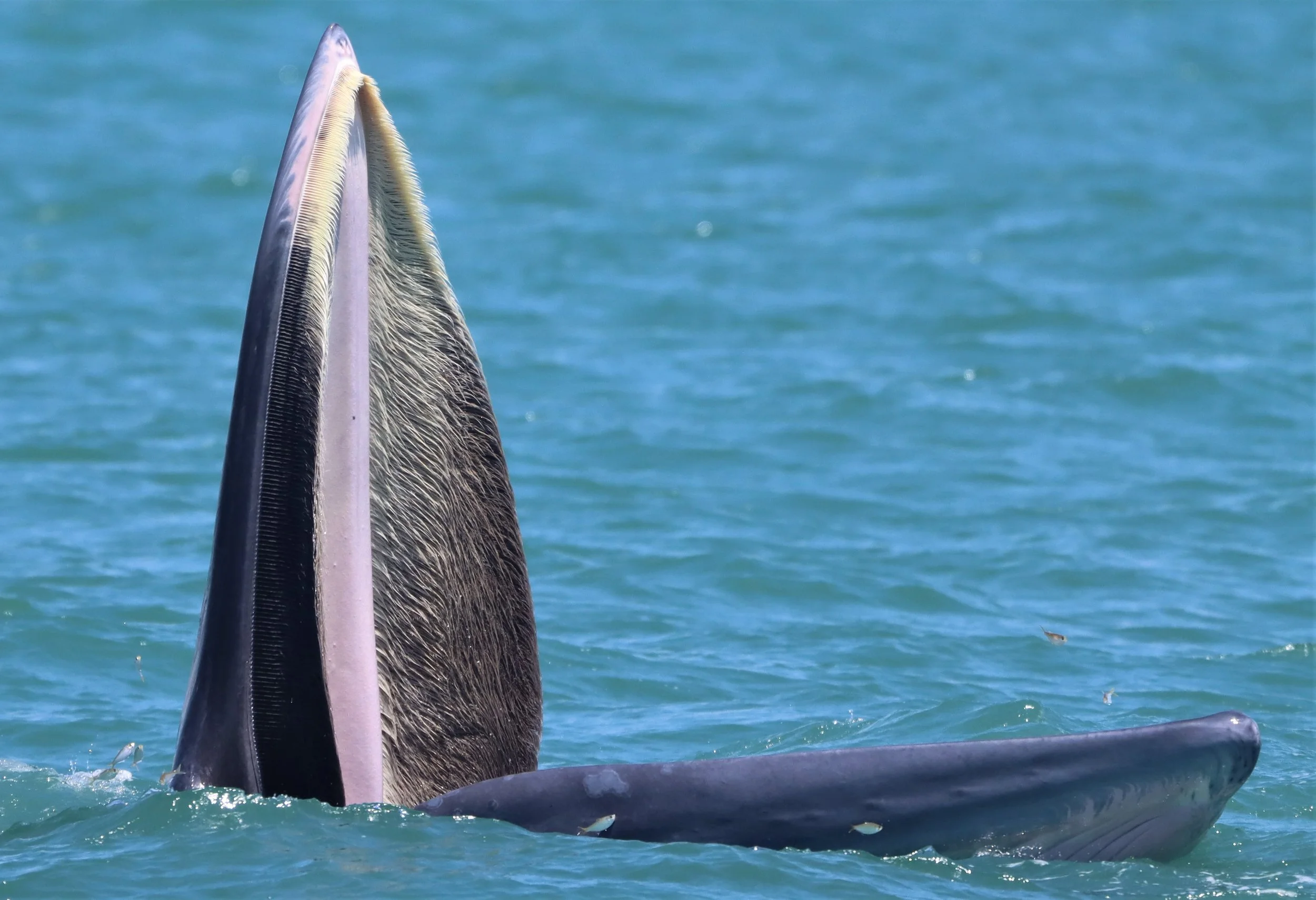





































































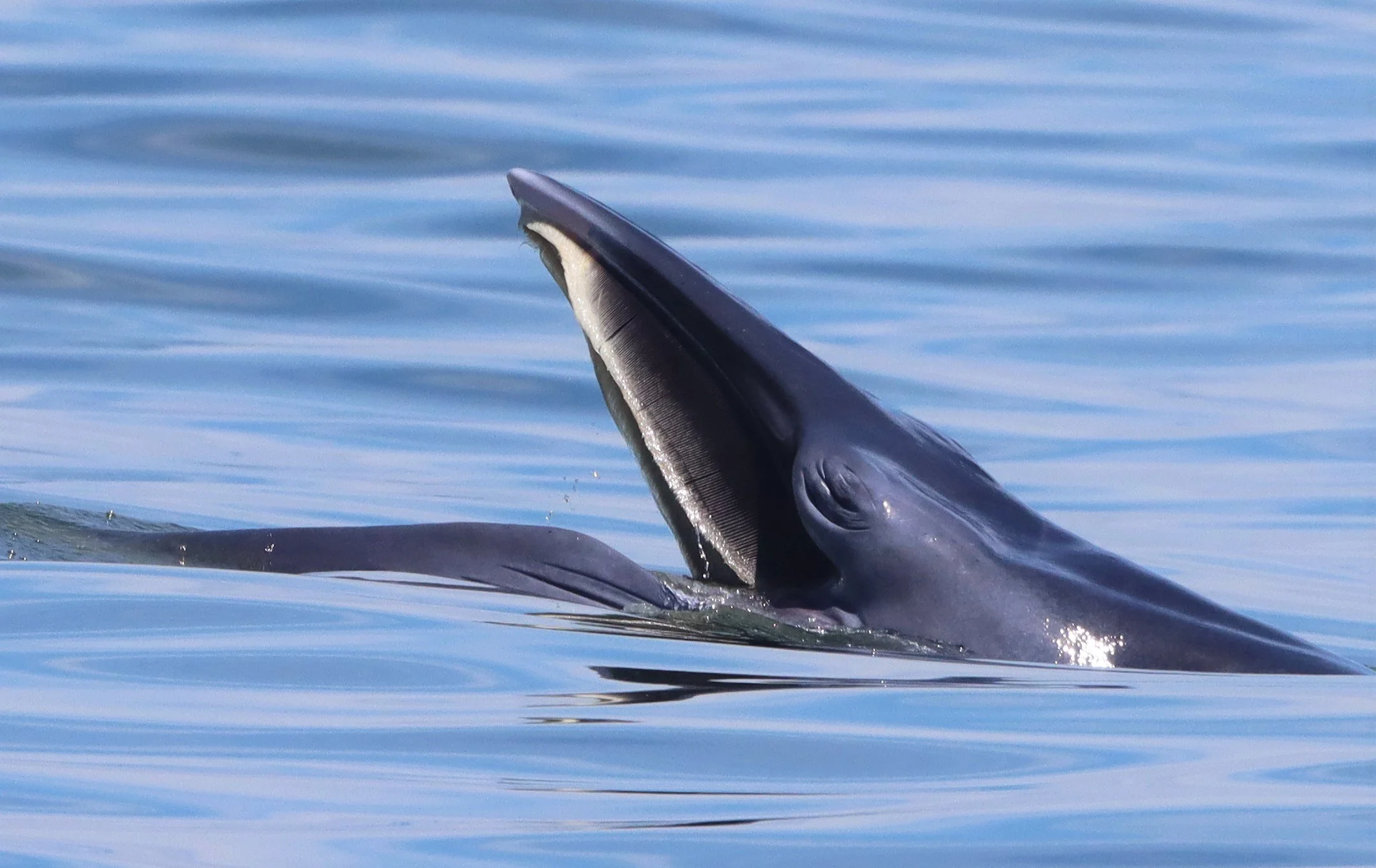











































































































































































































































































































































































































































































































































































































































































































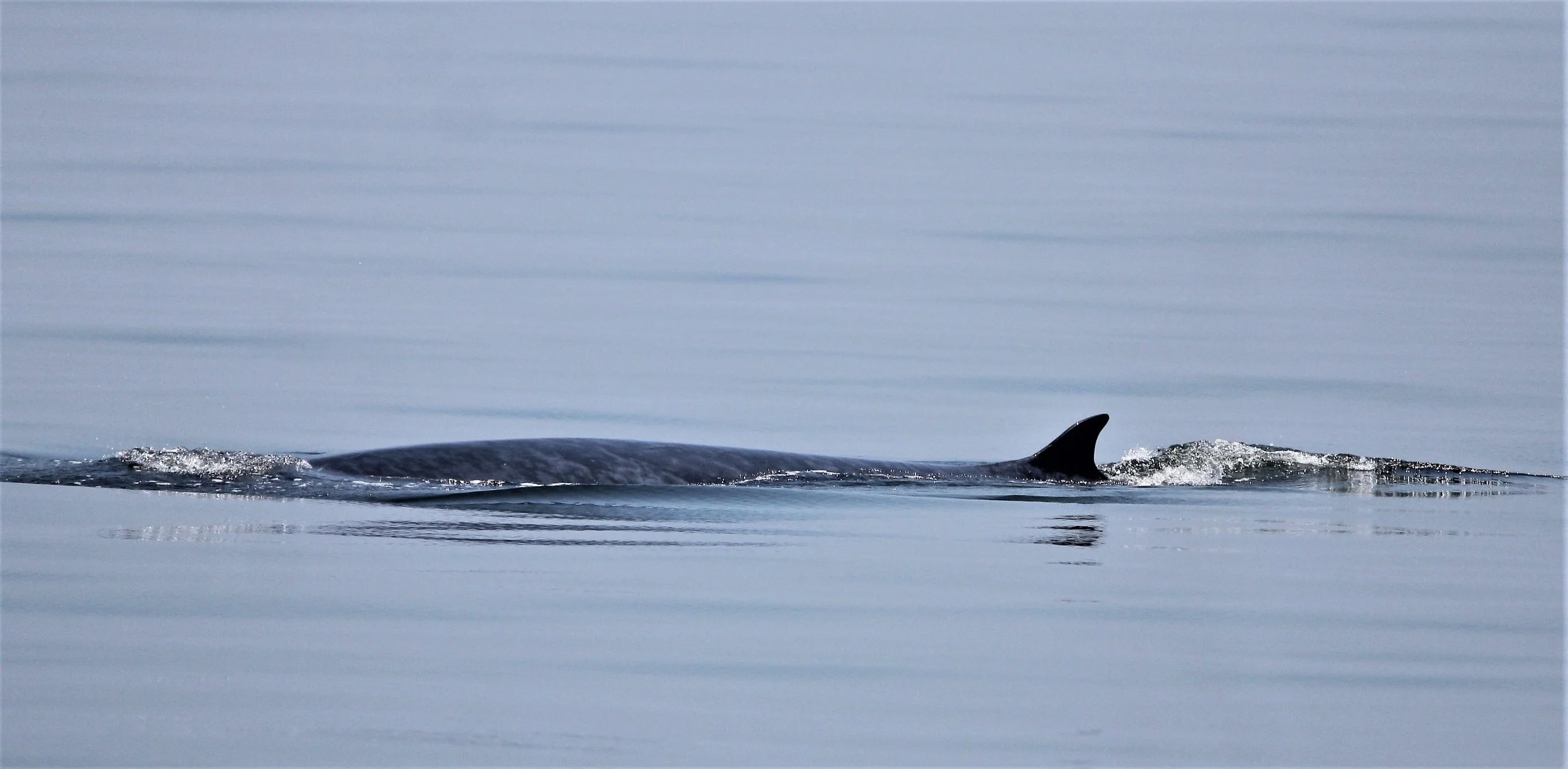






























































































































































































































































































































































































































































































































































































































Eden’s Whale in the Eastern Gulf of Siam, September 2025





